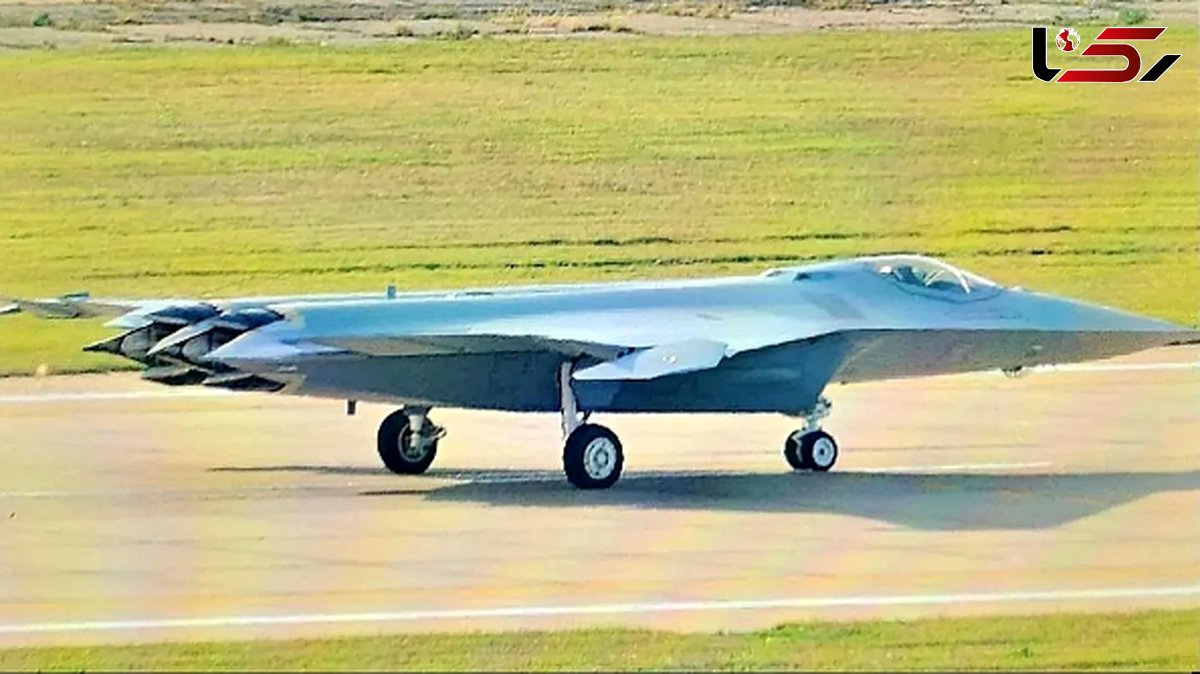China Unveils Tailless Stealth Fighter: Why the U.S. Is Concerned
Rokna Political Desk: China has released images of its new J-XDS stealth fighter, a tailless sixth-generation design, signaling potential shifts in air power dynamics across Asia and globally.

China has unveiled images of the new J-XDS stealth fighter, widely regarded as a leading sixth-generation design, drawing global attention to its tailless configuration and advanced technologies. Analysts suggest that, if operational, this aircraft could alter the balance of air power in Asia and potentially worldwide.
A notable feature in the images is the tailless design. While most fifth-generation fighters, such as the F-35 or China’s J-20, employ tails for stability and maneuver control, the removal of the tail reduces radar cross-section and enhances stealth capabilities. However, it also complicates flight stability and control, indicating that China is testing advanced flight control and engine technologies.
The images reveal engines equipped with thrust vectoring, allowing the exhaust direction to be altered. This enables the aircraft to maintain control at low speeds or during extreme maneuvers without relying on a tail. Combined with the tailless configuration, the J-XDS appears designed for close-range combat and highly complex maneuvers.
Another key feature is the Diverterless Supersonic Inlet (DSI) air intakes. This design eliminates the need for flow diverters, reducing weight and moving parts while decreasing radar cross-section. China previously employed this technology in its J-20 fighter.
The aircraft also appears to incorporate swiveling wingtip control surfaces, likely assisting lateral control and stability at low speeds or during specialized maneuvers. Under the nose, an Electro-Optical Targeting System is visible, along with protrusions near the wings and cockpit that may indicate Distributed Aperture Systems (DAS) or auxiliary air intakes.
Some images show the absence of an Air Data Boom on the nose, typically used in prototypes to measure airflow, suggesting that the aircraft may be entering more advanced testing phases or that different experimental versions exist.
In comparison, the United States is developing the Next Generation Air Dominance (NGAD) program, reportedly a sixth-generation fighter featuring modular design and high stealth capability, while Europe is pursuing its own indigenous programs. It remains unclear whether the released images depict a functional flight-ready aircraft or a mock-up, but their publication conveys China’s intent to maintain a prominent role in the sixth-generation fighter race.
Send Comments